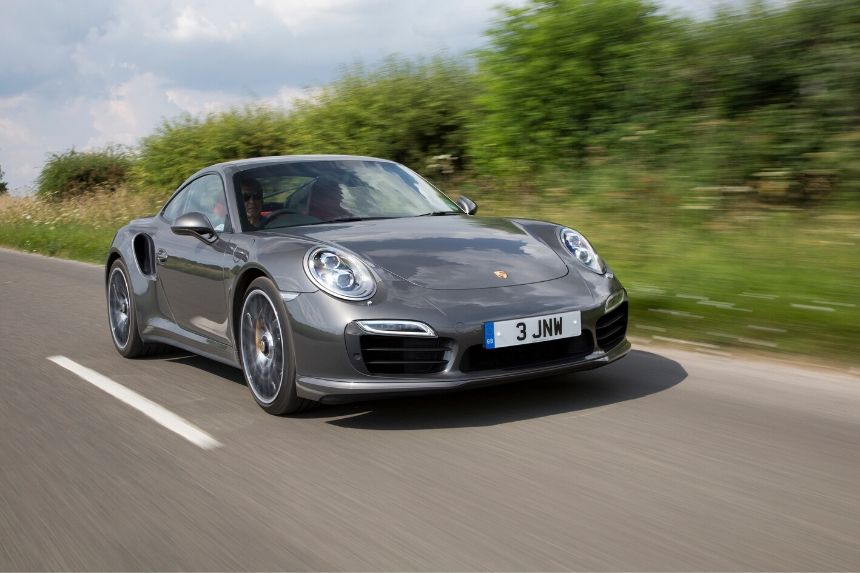
Porsche 911 (991) Buyers’ Guide
Written by Peter Morgan
Model history
The auto industry model year (MY) runs from August 1 to 31 July, so a 2016 model could have been produced between 1 August 2015 and 31 July 2016. The unofficial term C2 is used to describe the rear wheel drive Carrera and C4 to describe the all-wheel drive model.
2012 MY: Type 991 345hp 3.4-litre Carrera and 400hp 3.8-litre Carrera S launched; Coupé and Cabriolet bodystyles and with rear and all-wheel drives. All models have electric power steering. S has PASM (Porsche Active Suspension Management, option on Carrera).
2013 MY: 469hp 3.8-litre GT3. 500hp 3.8-litre GT3 RS. Both GTs have PDK (Porsche Doppel Kupplung or Porsche dual clutch) automatic transmission and rear wheel steering. Turbo 512hp 3.8-litre and Turbo S 552hp 3.8-litre launched, both with variable geometry (VTG) twin turbos.
2014 MY: New Targa 4 & 4S drophead launched (late in MY) in C2 and C4 forms.
2015 MY: 424hp 3.8-litre Carrera GTS (C4 bodyshell, PASM, black trim look with Alcantara interior).
2016 MY: Series 2 (991.2) models: Carreras get 3-litre twin turbo flat-6 engines. 370hp Carrera & 420hp S, Coupé & Cabriolet bodystyles. New Targa bodystyle for C2 & C4, also in 4S & GTS. Refreshed 533hp Turbo & 572hp Turbo S (Coupé & Cabriolet), 500hp 4-litre 911R.
2017 MY: 991.2 500hp, 4-litre GT3 in Sport & Touring (and with manual or PDK transmission), 700hp 3.8-litre GT2 RS (PDK only), 370hp 3-litre Carrera T, 450hp 3-litre (manual & PDK) GTS
2018 MY: 520hp 4-litre GT3 RS, PDK transmission only. Turbo S Exclusive 607hp 3.8-litre, 500units only worldwide, Golden metallic finish.
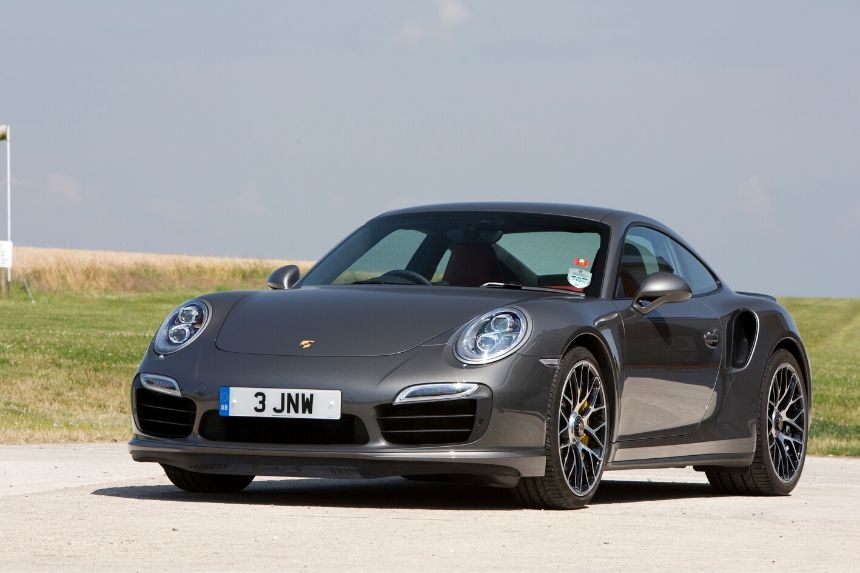
What's it like?
The 2012 991 series represented the seventh generation of the 50 year development of the iconic 911. The new models were unmistakably 911 in looks and design philosophy, but what really emerged was a significant improvement in build quality and option choice. And while performance took a step forward (0 to 62mph 4.8s (C2), 4.5s (S)), fuel consumption and exhaust emissions reduced some 16% on the Carrera and 15% on the S.
The appearance of the new 991 suggests a slightly larger car than the outgoing 997 series. But it's not by much - the length of the Carrera is just 56mm longer at 4491mm, while the width is the same (1808mm, C4S 1852mm w/folded mirrors).
The height is 8mm lower at 1303mm. Performance differences come down to the S's greater overtake flexibility, while the 2 or 4-wheel drive decision is about trading the C2's agility against the C4's greater ride confidence. Suitable tyres would be required to take advantage of the all-wheel drive in winter conditions.
All the different configurations of the 991 Carreras can be confusing. In short the broad mainstream choice is the Carrera, Carrera S and 2015MY GTS. These are available in Coupé, Cabriolet and (from 2014MY) Targa bodystyles, in rear wheel drive only (C2) or all-wheel drive (C4) and with 7-speed manual or 6-speed PDK automatic gearboxes.
The 2015 MY 424hp Carrera GTS could be said to fill the gap between the 400hp Carrera S and the track focused 469hp GT3. The GTS has an overall black trim (including wheels) with sporty Alcantara seats and sports exhaust. GTS price when new was about 10% more than the Carrera S, but the improvements make the GTS well worth the stretch.
The S has PASM, optional on the Carrera, and is a good choice if you like big wheels. Nevertheless, some drivers may need to check out the firmer rides of both the S and GTS on our less than perfect roads.
The 991 touring models offer 2 + 2 seating with the rear accommodation being OK for small children or extra luggage. Fitting a child seat is straightforward. The larger front compartment can easily accommodate enough luggage for a long weekend away.
For the 2016 model year, the 991 evolved into its second generation with more efficient, yet more powerful engines. The Carreras were smaller capacity (3-litre flat-6 and twin turbos) with a useful 30hp increase for the Carrera and 20hp for the S models. The change to turbo power (again!) delivered better fuel consumption and lower CO2 emissions and only slightly dulled that glorious flat-6 clamour!
The 370hp Carrera T launched in the 2017 MY as a 'sport' model Carrera (but including PASM, Sport Chrono and a short shift manual gearbox. It has a sporty leaning with 20mm lower ride height, lightened rear and side windows and lightweight door loops.
The normally aspirated GT3 remains a 'racer for the road'. These faster 911s often trade off touring comfort for agility and speed, so they won't be for everybody. The first 991 GT3 was controversial for not offering a manual transmission option and having 'electric' steering, but the result is no less fun. Nonetheless, the 991.2 GT3 did offer a manual option. The future classic 2016 911R recalls a 911 race prototype of the 1960s and with a 500hp, 4-litre flat-6 is a relatively stripped out, but highly modified sprinter that is some 43kg lighter than the GT3. For the 2018MY a track focused GT3 RS was offered with 520hp.
The 911 Turbo has always been Porsche's flagship. In 991 form it is an ultra refined luxury express capable of effortless daily commuting or high speed motorway cruising. In the GT2 RS, we have the ultimate 911 Turbo. With its 700hp engine it is a 200mph+ supercar.
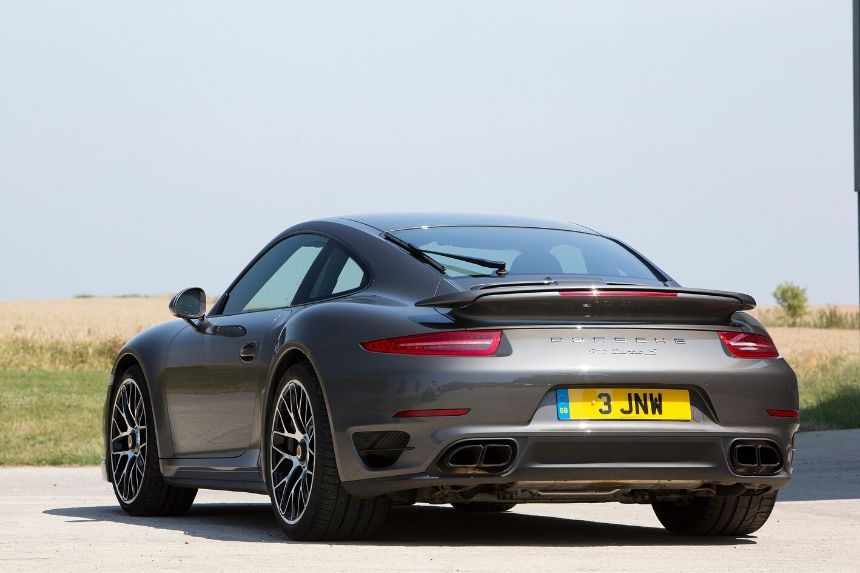
Which one should I get?
The first point to make is that all the 991 models (yes, even the fastest ones!) are very easy to drive at urban speeds. These cars will adapt easily to long and short drivers and with the continuing refinement of the PDK gearbox (particularly with paddle shift!), the ultra refined automatics now outsell the manuals. Indeed a PDK equipped 991, even without the optional 'launch control' will out accelerate a manual in the 0 to 62mph sprint.
It's important to have the car slip seamlessly into your existing lifestyle, not the other way round. The base Carrera is a truly great choice for touring or constant urban work, especially with PDK and, if you love big wheels, PASM for better ride quality (but the big 19 and 20-inch wheels are very easy to kerb!). PASM is an option for the Carrera and standard on the S and has a 'Comfort' setting as well as the harder Sport and sometimes Sport Plus.
Colour choice (exterior and interior) is down to what you can live with, but mainstream Porsches in the dark metallics always seem to resell faster than the wilder colours. The opposite appears true for the faster GT models. Options that increase desirability include the Porsche Communications Management (PCM or sat-nav), upgraded sound system, (adaptive) cruise control and parking sensors.
Unless you drive roads with unusually high demands on the brakes, a conventional cast iron disc set up (rather than the ceramic option) is more than enough to cope with everyday driving. The standard brakes can be described as sensational - a Porsche performance trademark.
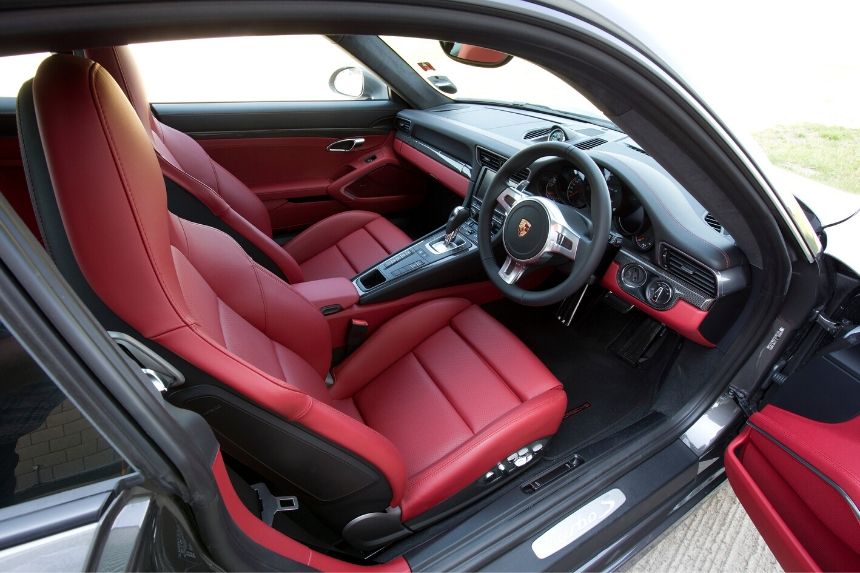
What are the running costs?
Road tax and service costs may not seem all that important relative to the purchase price of any 991 model. Nevertheless, there is some tax advantage to opting for a PDK model and inevitably the less powerful engines.
Expect a calmly driven Carrera to return a typical high 30s mpg, while tyres should last 20K miles. Brakes will be similar although its very easy to ride the pedal on a PDK car and have higher wear in urban situations.
The service regime appears generous (2 years or 20K miles, whichever comes sooner), but good practice would suggest an annual oil change whatever you use the car for. The first interim service at 2 years is little more than a checkover, but the Maintenance service at 4 years/40K miles is almost double the cost. Servicing on recent cars should be done by the official dealer network (especially if there is a Porsche GB (PCGB) warranty with the car). A current Porsche warranty or extended warranty is a significant desirability factor on a used model. Any replacement parts on a car covered by a PCGB warranty must be Porsche Originals - even the battery and the tyres must be properly N-rated (Porsche approved).
Servicing costs vary across the country but would typically be comparable to a premium saloon and excluding items like brake fluid change, spark plugs and other wear and tear parts.
The UK has a significant and often high quality independent specialist network and can offer a cheaper way to run your out of warranty model. The good 'indies' will have Porsche trained technicians and all the essential equipment (such as the PIWIS diagnostic computer). Selecting an independent does require care and the Club's 991 forum can offer good advice.
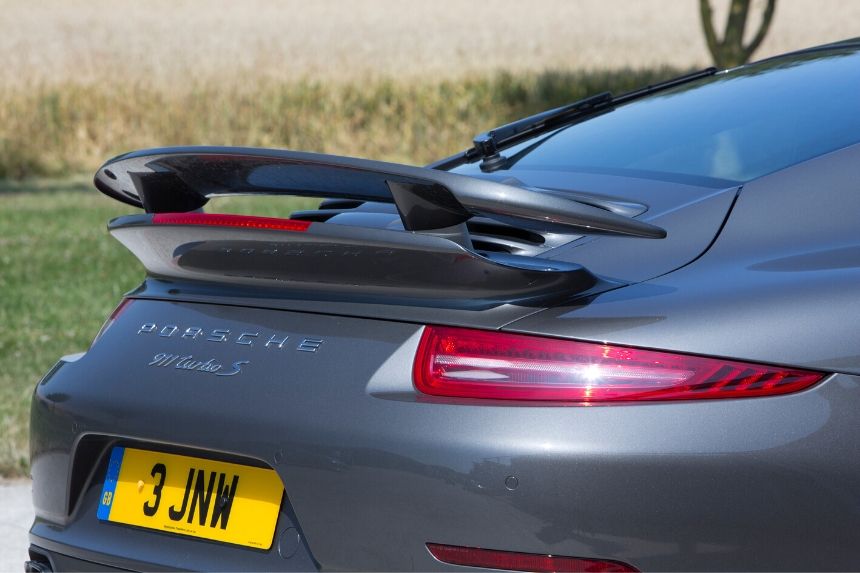
What should I look for?
As you've probably understood from the vast selection of models listed above, it is really important to know what model you are looking for before you start visiting dealers. Use online retail car sales sites to get an idea of what your budget can buy. It seems mad, but think all the time about how easy it will be to sell the car when you want to move it on. Very often it's the basic spec cars that offer the best value.
Look for preferred colours and options after choosing the model you want. Avoid any kind of customisation and before you go to see the car, check the car's original documents are available to view and are complete. A car that's missed a service should be ignored. If the seller won't do it, run a vehicle data check to ensure the car is genuine and hasn't an insurance history. 991.1 GT3s were subject to a factory recall, with many cars having their engines changed. This history should be recorded in the service book.
Checking out a 991 is an expert job, but it's still possible to check the wheelrims and that tyres have at least 3mm tread and the correct (Porsche approved) N-ratings. Ceramic brakes should have a complete gloss on the working surface and no edge chips.
From about 1 metre away walk around the car to check all the panels are the same colour, that the panel gaps are the same and that there aren't any heavy scratches or other defects visible. Many dealers will repaint the front bumpers to eliminate unsightly stone chips, but a paint thickness gauge does help to identify legacies of other panel damage. On Cabriolets and Targas, check the roof is undamaged, works correctly and quietly.
Check the radiator ducts in the front for leaf debris and, using a torch, check the visible radiators for any signs of leakage that may suggest a defective air conditioning system or coolant issue. The exhaust shouldn't require replacement on cars less than 10 years old.
The Vehicle Identification Number (VIN) is stamped on the bodyshell adjacent to the offside sill beside the driver's seat. It can be viewed by lifting a flap of carpet there. The VIN's final numbers also appear on the inside edge of the bonnet and engine cover, which is an easy way of checking if these have been replaced.
The interior should be clean, with no tears, scars or indelible marks and a musty smell suggests water ingress somehow. A Porsche PIWIS diagnostic computer will reveal data such as active fault codes, over-revs and compare the DME mileage with that shown on the dash.
Always try to drive the car before you buy. There is no substitute for taking a short run and appreciating whether the car is easy to live with. If you sense anything isn't quite right, it probably isn't. Always check everything works (like air con, windows, cruise control and switchable exhaust and sat-nav).
Try all the PDK modes and switch PASM from Normal to Sport (and Sport Plus if fitted) to sense the change in ride.
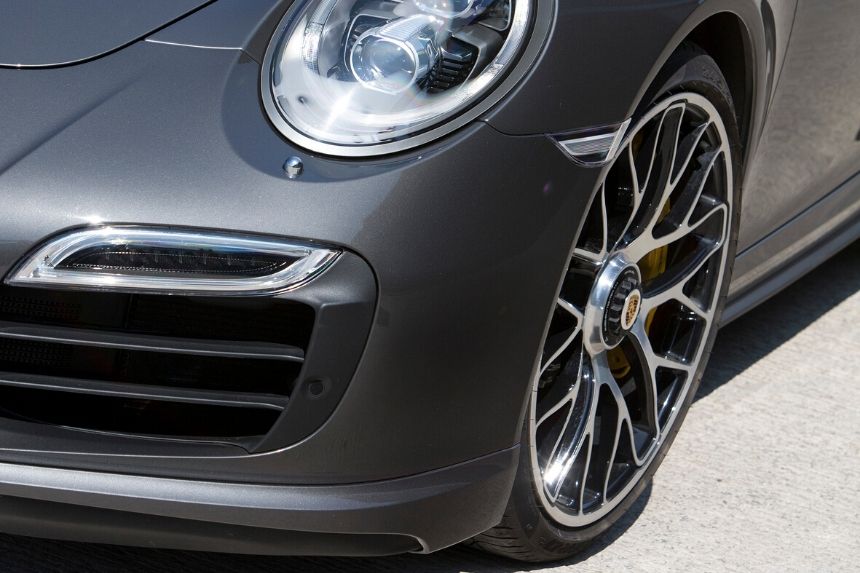
How can we help?
Run by dedicated and friendly Porsche enthusiasts, we are here to help you get the most out of owning your Porsche. We have over 30 model-specific Registers, each run by enthusiastic volunteers and technical experts who will be happy to assist you with any questions you may have. Click here to join Porsche Club GB.
find out more